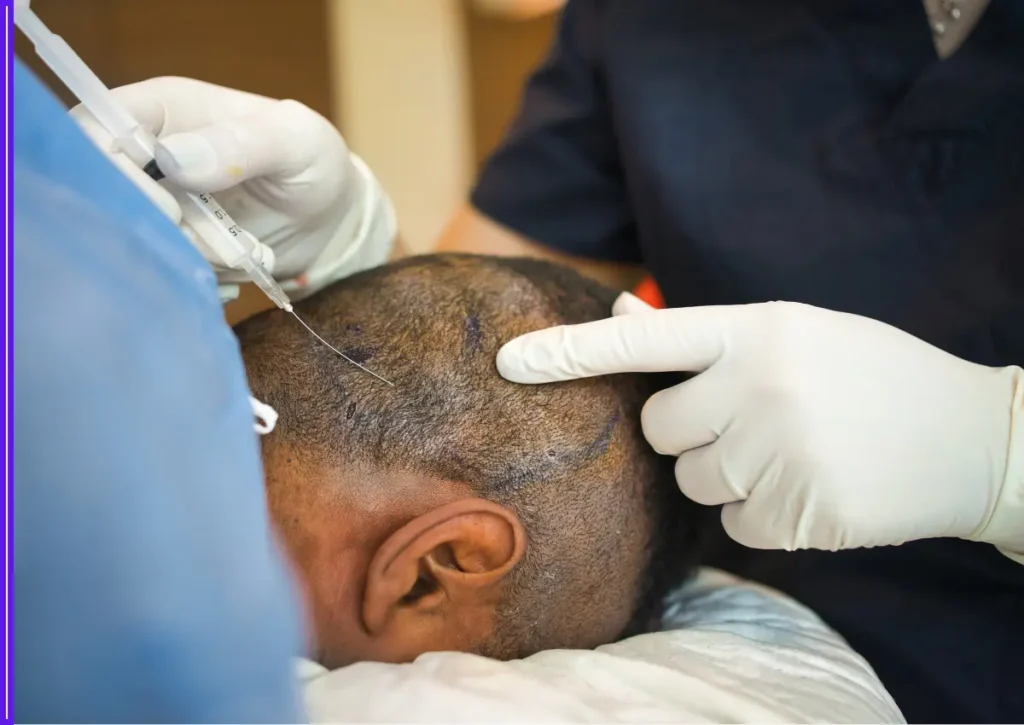In a breakthrough that could redefine the future of hair restoration, a team of Indian and American scientists has uncovered a hidden mechanism behind hair loss—one that may allow natural hair regrowth without the need for painful and expensive transplants.

Led by researchers from the University of Virginia School of Medicine in collaboration with Indian institutes, the study has identified a group of stem cells, previously overlooked, that play a critical role in hair regeneration. Unlike the well-known stem cells located at the base or “bulge” of the hair follicle, these newly discovered cells are found higher up in the follicle—along the middle and upper layers.
Until now, it was believed that once the lower follicle structures degraded in baldness, the chances of hair regrowth were minimal without surgical intervention. But this discovery changes that understanding. The researchers found that even in bald areas of the scalp, these upper-layer stem cells remain intact—lying dormant, but still alive.
According to Dr. Lu Q. Le, the lead researcher, reactivating these dormant cells could be the key to restarting the entire hair growth process. “We’ve found a new source of stem cells that are still present in bald scalps. If we can guide them to repopulate the lower follicle, we may be able to restore natural hair without any transplants,” he explained.
This finding paves the way for non-invasive treatments, possibly in the form of topical applications or molecular therapies, that could trigger these cells to regenerate the full structure of the hair follicle. It also holds promise for a broader range of hair loss types—not just male-pattern baldness.
The study, published in the Journal of Clinical Investigation, is already sparking hope across the dermatology and regenerative medicine communities. Experts say that while the research is still in early stages, the concept of hair restoration through molecular reactivation—rather than surgery—could become a game-changer in the next few years.
Unlike traditional hair transplants, which rely on moving existing follicles from one area to another, this new approach focuses on repairing the follicle from within—tapping into the body’s own regenerative potential.
The Indo-US collaboration is a reminder of what’s possible when global science comes together with purpose. With further development and clinical testing, this discovery could lead to the first generation of truly regenerative, non-surgical hair loss treatments.
For millions struggling with hair loss, the future may no longer lie in grafts and implants—but in awakening what nature left behind.









